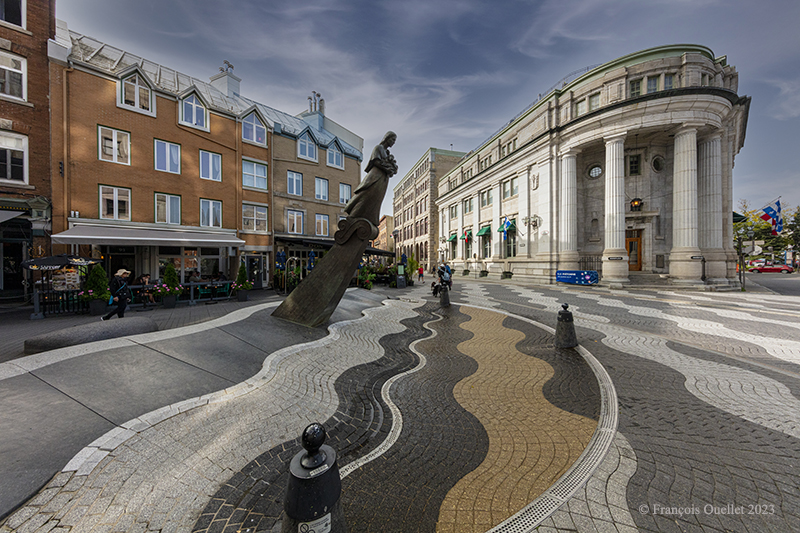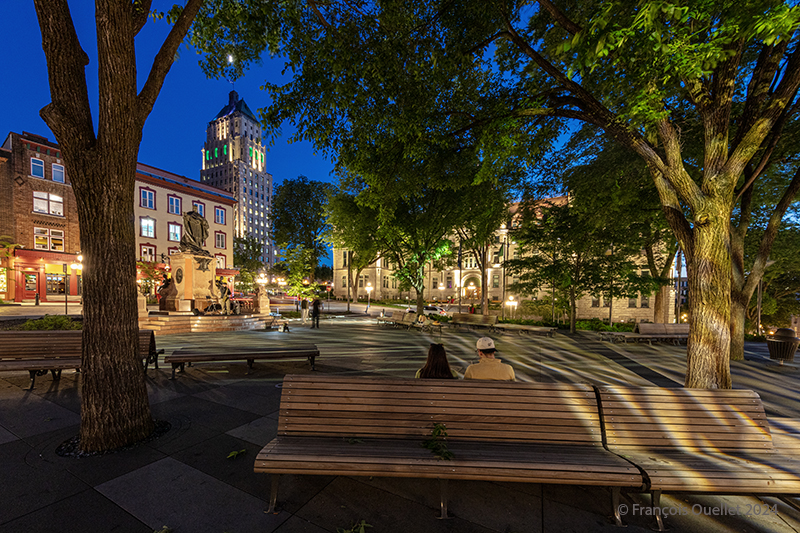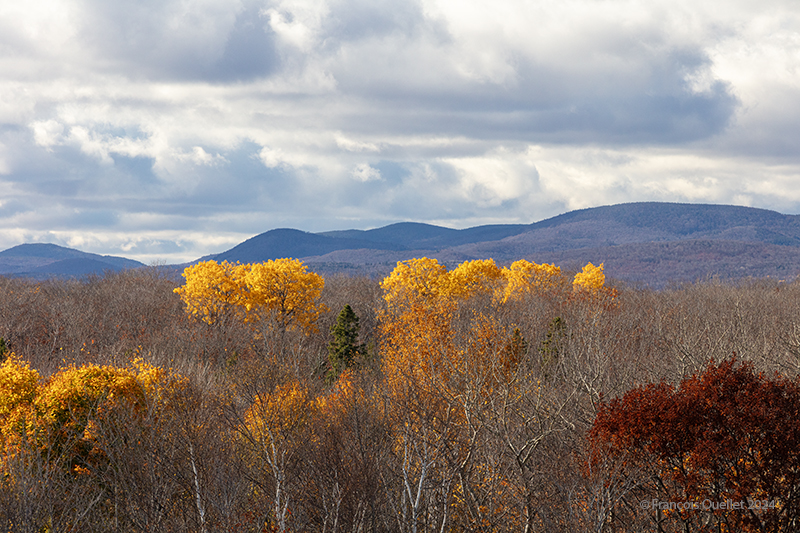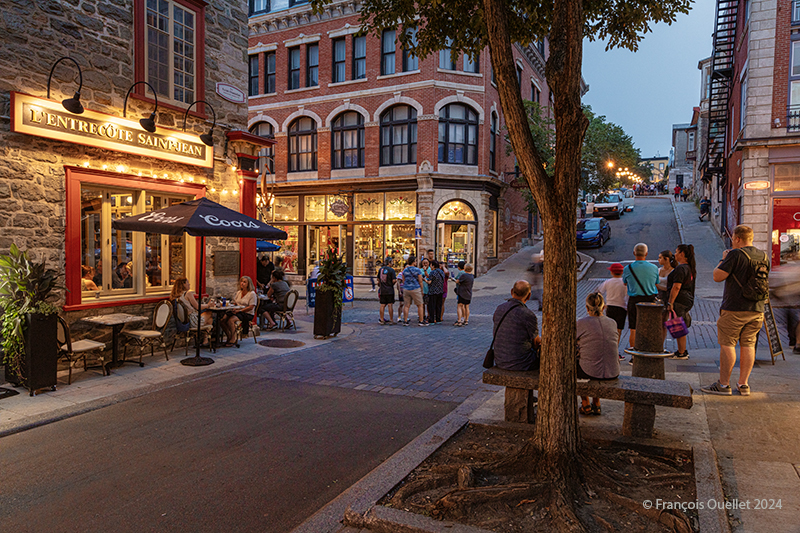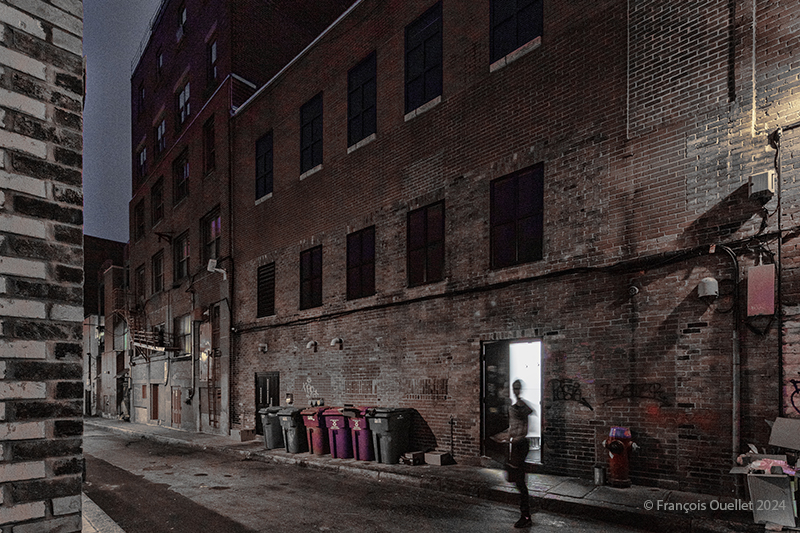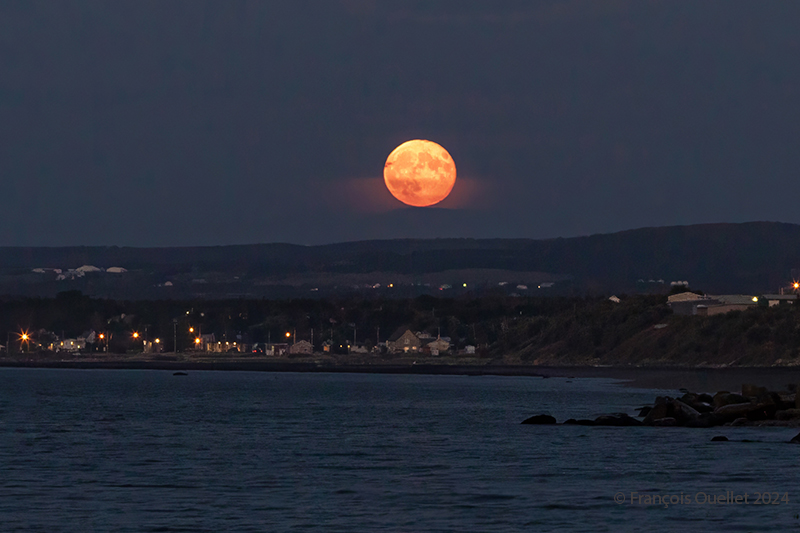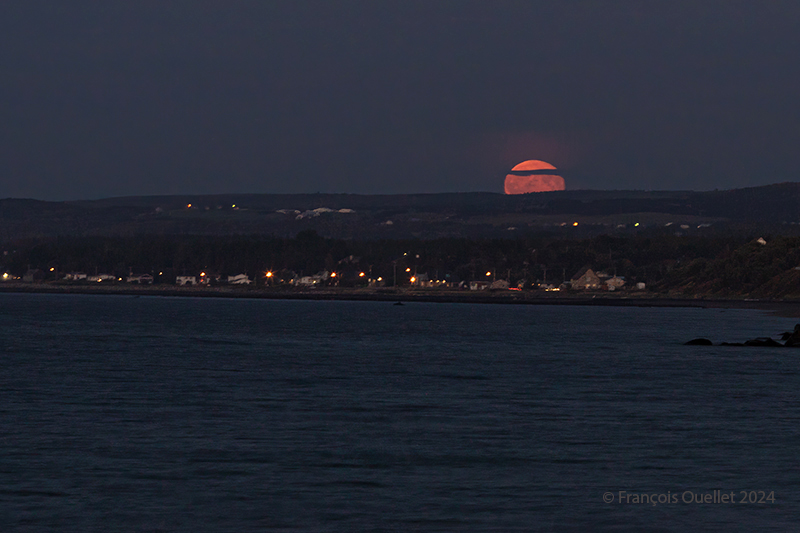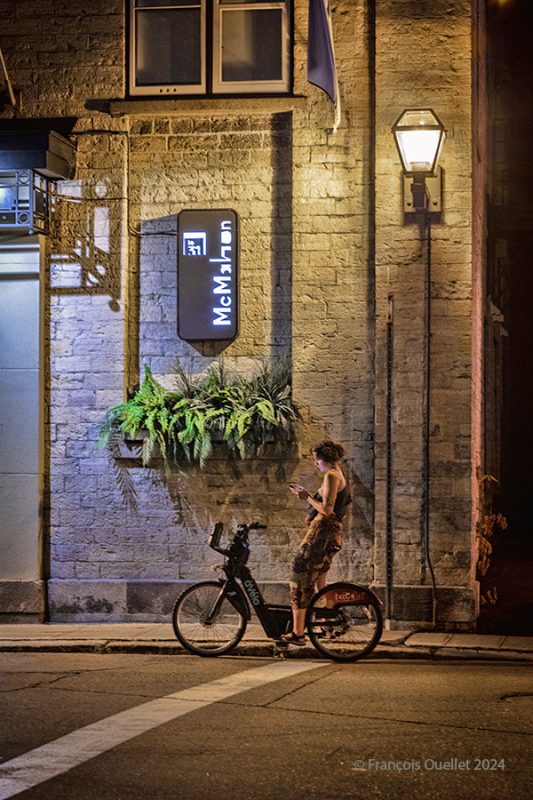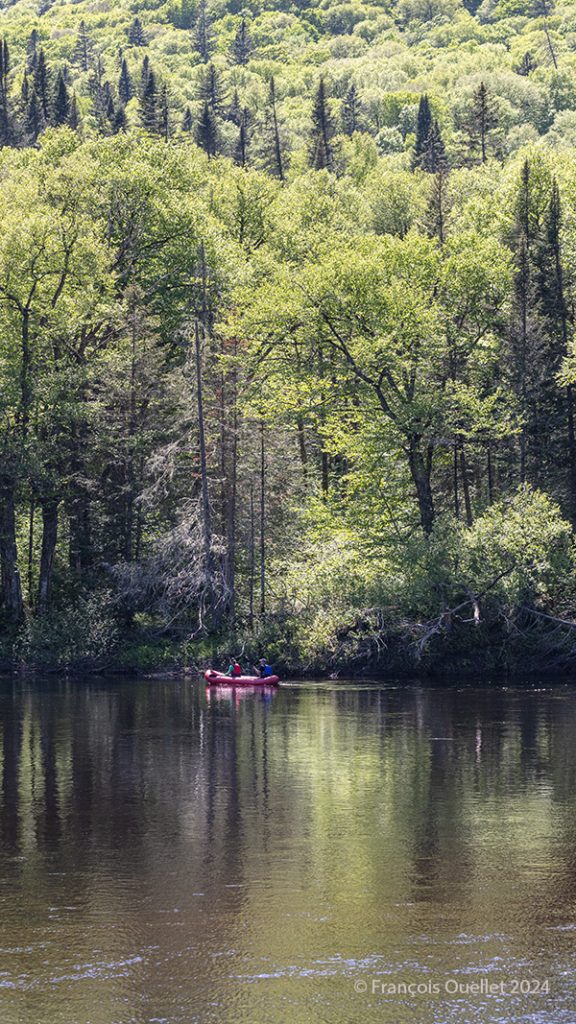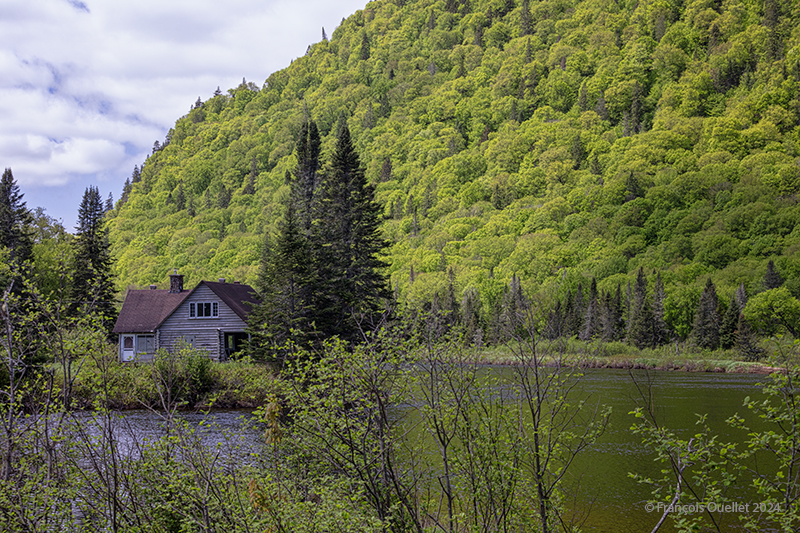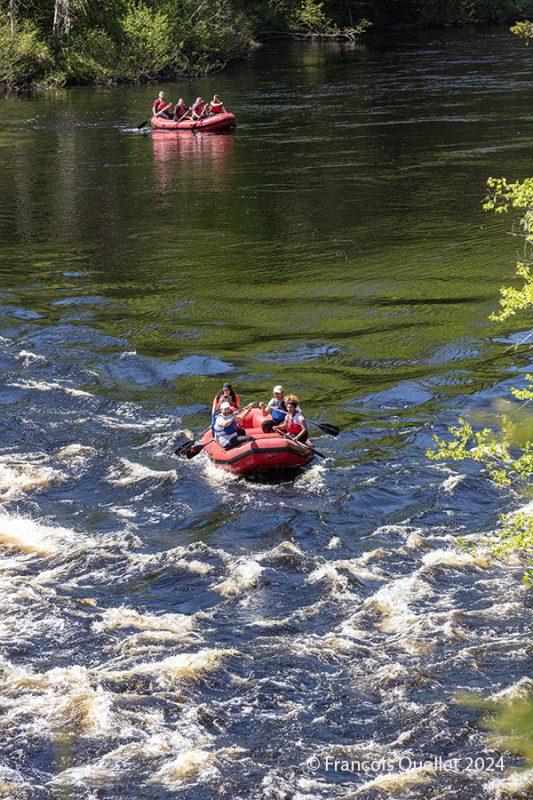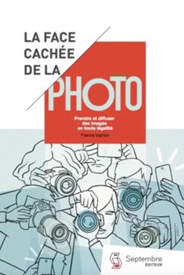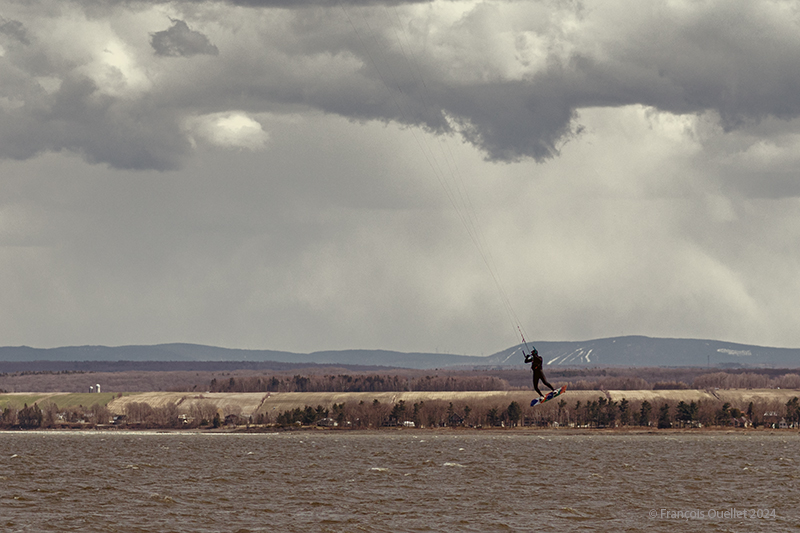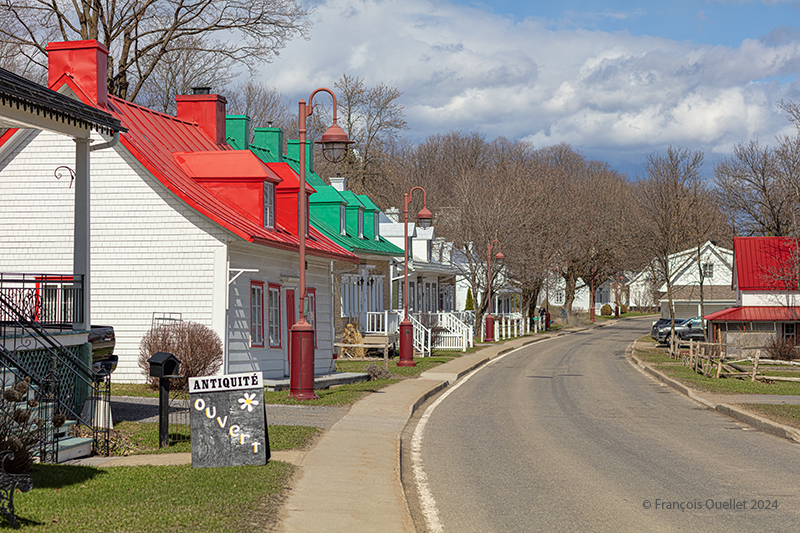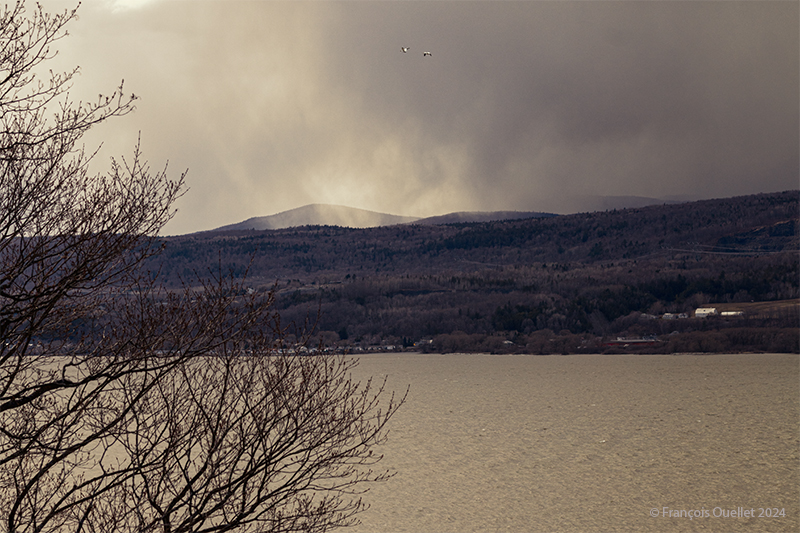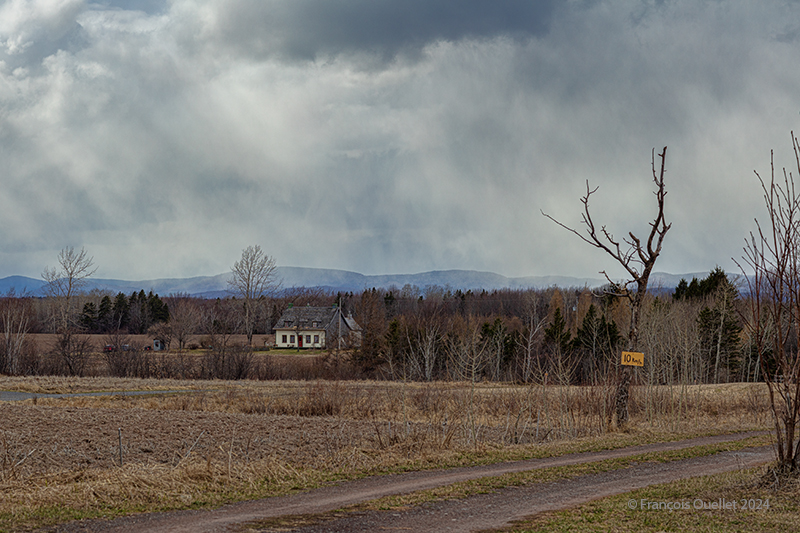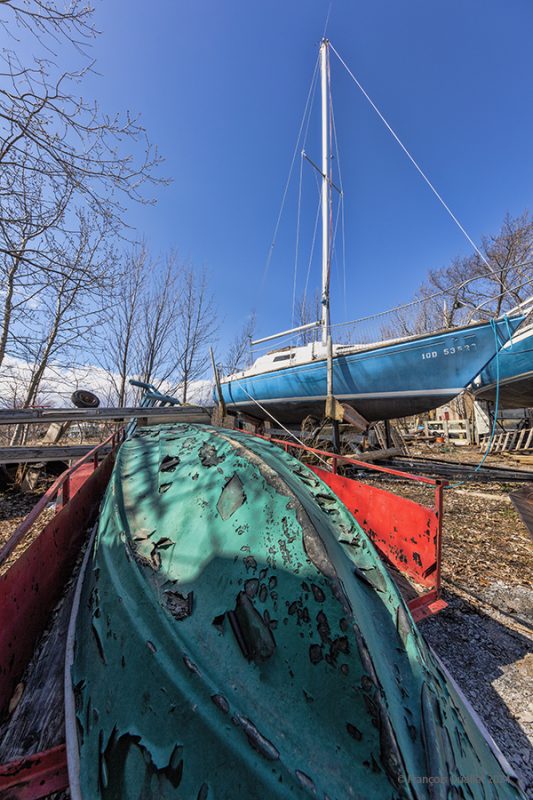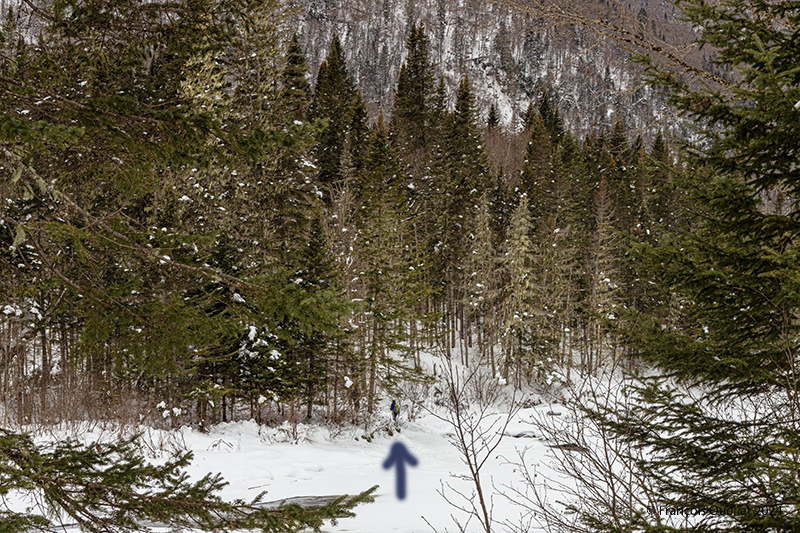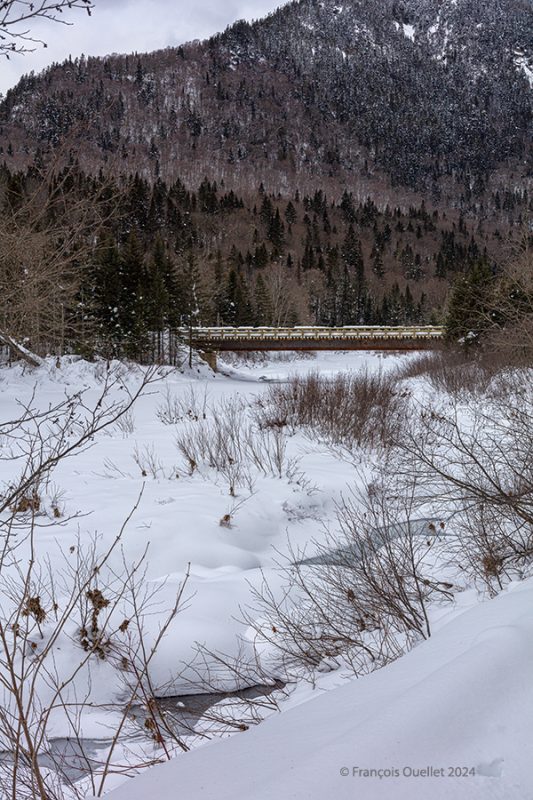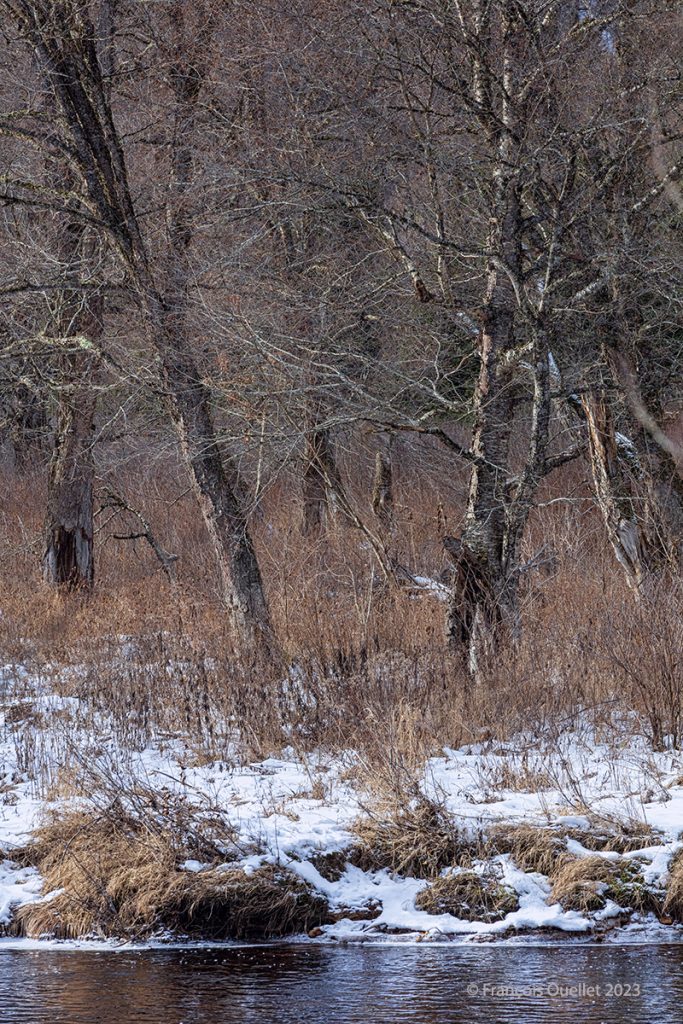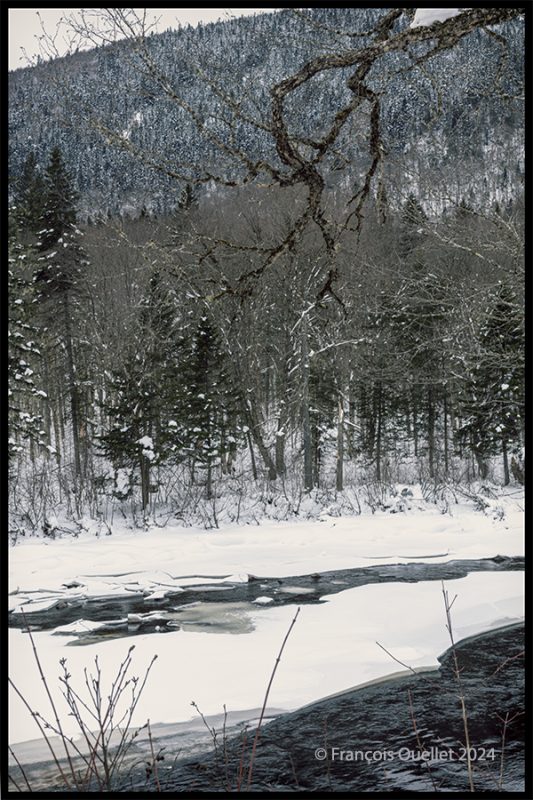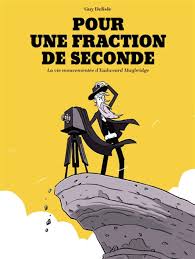
Guy Delisle clearly hits the nail on the head with his new graphic novel “Pour une fraction de seconde – La vie mouvementée d’Eadweard Muybridge”. The book introduces us to a colorful character, famous for having advanced photography by leaps and bounds through the study of animal movement. These innovations consequently led to the development of cinema.
Guy Delisle’s drawings and script work perfectly. This time, the teaching of the story clearly takes over, but without ever boring the reader – on the contrary. A subject that could have turned out to be dry becomes fun and full of surprises. This book is a little more serious than the author’s usual offerings, but in a relaxed, well-presented form.
When someone stands out in an astonishing way in a field, we often hear the expression: “He was born to do that”. This is certainly not the case with Muybridge. And yet, he succeeds where many fail or lack the tenacity and character to face adversity.
Before achieving fame for his success in photography, the main character took many paths, some of them seemingly contradictory. He started out as a bookseller and became entrepreneur, genius inventor, assassin, businessman, writer and lecturer. He traveled extensively to further his projects. That took him to England, the United States, France, Germany and Italy.
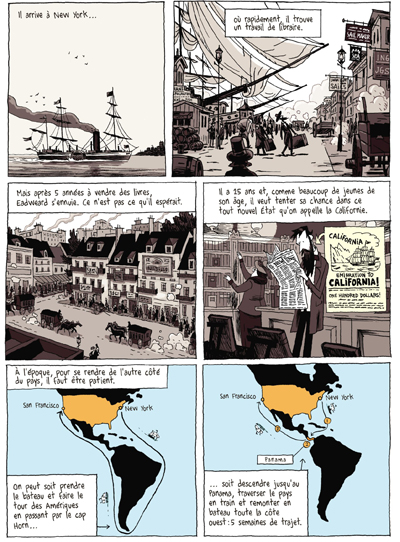
As a result of Guy Delisle’s reputation as a cartoonist in Quebec and France, he knows he can choose any subject he is passionate about without risking to lose his public. There is undoubtedly a lot of research in his new book. In a way, he’s doing us all a favor, as we learn a bit of history while we’re entertained.
Along the way, you’ll meet the likes of Tesla, Edison and the Lumière brothers, and discover who was behind the name “Stanford” at the famous American university.
Happy reading!
Title: Pour une fraction de seconde — La vie mouvementée d’Eadweard Muybridge
Author: Guy Delisle
Publisher: © 2024 Éditions Delcourt
ISBN: 978-2-413-08585-0
Click on the link for other graphic novels and comics on my blog
